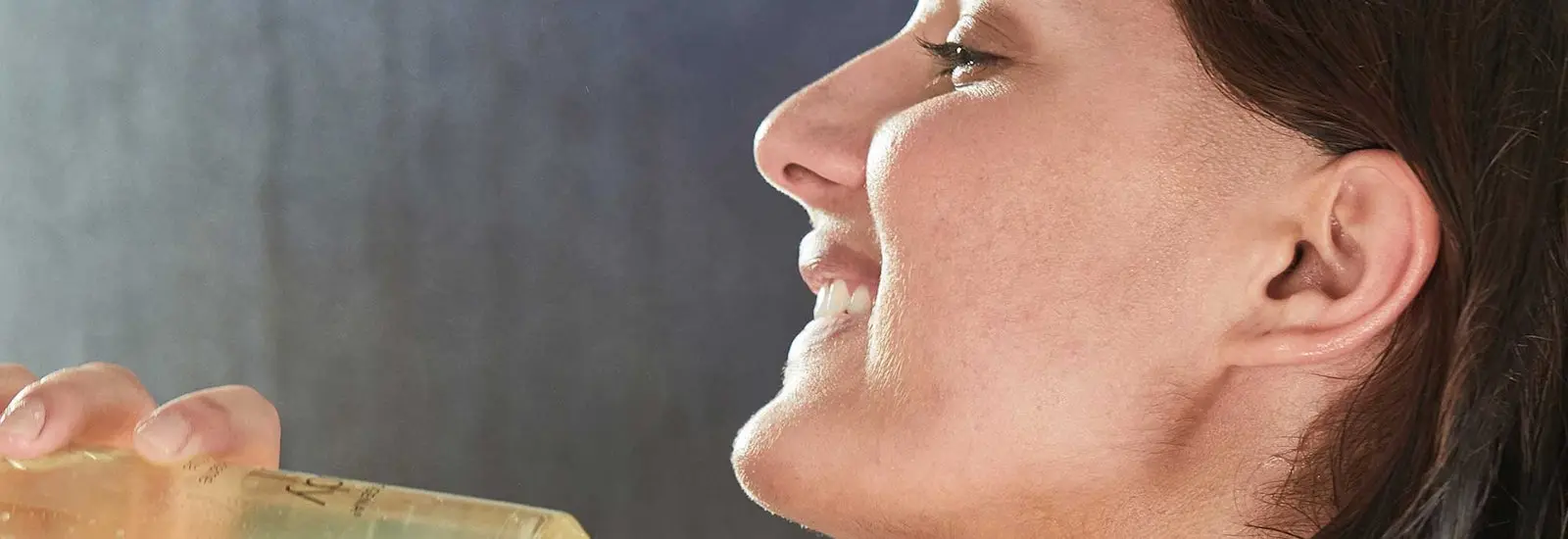It's what your parents said to do when you came in from playing outside, not to mention what your doctor reminds you to do every year during cold and flu season: Wash your hands.
And for good reason. Frequent hand-washing is one of the best ways to keep yourself healthy.
But while regularly sudsing up your digits is good for your health, it can wreak havoc on your skin. Having dry skin on hands is a lot like dealing with red, flaky skin anywhere else, just more inconvenient. That's because once your hands are already cracked and aching, it's not easy to give them a chance to heal in between all the stuff grabbing, animal petting and (again) hand-washing they do in a given day.
Clean hands don't have to be dry hands, though. All it takes to keep your hands moisturized and squeaky clean is a little extra care and attention.
Why hand-washing works
There's no way to keep yourself totally free of germs. In fact, many kinds of bacteria live on your skin and don't put your health at risk in the slightest. But washing your hands regularly helps to limit the spread of harmful viruses and bacteria to keep sickness at bay.
Here's how it works: As you go about your day, you touch a lot of stuff, from your keys to the tips of your hair to plenty of other things you don't even think about. Along the way, your hands come into contact with a smorgasbord of germs, viruses and microbes.
If you touch your eyes, nose or mouth, these germs can pass into your body and may cause you to become sick, according to the Mayo Clinic. You can also transfer these germs to other surfaces, where someone else can pick them up, causing illness to spread.
So, not only does scrubbing your hands wash off the visible dirt and grease, it also removes microscopic germs from your skin and kills some kinds of disease-causing pathogens, breaking through their membranes and deactivating them.
Why you should avoid dry skin on hands
Soap can't tell the difference between microbes and whatever else is on your skin, though, and it ends up washing everything away, including your skin's natural oils. The skin's outermost layer, called the stratum corneum, is made up of these lipids (aka fats) and other cells and serves as a protective barrier.
To function properly as a barrier, this layer should be between 10% and 30% water, according to Harvard Medical School. If the skin cells don't hold the right amount of water and become dehydrated, they start to feel flaky, crack and bleed. This gives germs a chance to slip through those openings, making you more vulnerable to infections, according to the Mayo Clinic.
When skin starts begging for moisture, add hydration back in with a moisturizer. Look for hand creams with ingredients such as glycerin, a humectant that draws moisture from the environment to the skin, and stearic acid, an occlusive that acts like a seal to lock in hydration.
How to wash your hands and moisturize them
Like trying to make that one recipe from years ago by memory, washing your hands — and doing it the right way — seems simple until you actually get into the details. For most of us, it's worth a refresher.
How do you balance hand-washing and moisturizing? Here's the routine the Centers for Disease Control and Prevention recommends:
Run your hands under clean, running water. It can be warm or cold, but avoid hot water, because it's drying.
Turn off the tap and soap up.
Scrub your hands for at least 20 seconds — be sure to get your palms, the back of your hands, between your fingers and under your nails.
Rinse under clean, running water.
Pat your hands on a towel or let them rest in the air for a moment so they're not dripping wet. Here's the key, though: Don't let them dry all the way.
While your hands are still slightly damp, apply moisturizer to lock in hydration.
Keep a tube of moisturizer next to your sink so you're reminded to apply it every time you wash your hands. Stash another one at your desk, too — layer it on during the day whenever your hands feel parched and before going to bed.
For an extra boost of hydration, moisturize and then slip on a pair of cotton gloves for at least 15-20 minutes or even overnight. This DIY hand mask will help your hands absorb the lotion better.
Stick to this hand-washing and moisturizing routine before touching your face, cooking or eating. It's also a good idea to give your hands some extra attention after caring for someone who is sick, blowing your nose or sneezing, taking out the garbage, petting an animal and touching items in public areas.
It's a long list — luckily, you've got a quick, effective routine handy.





